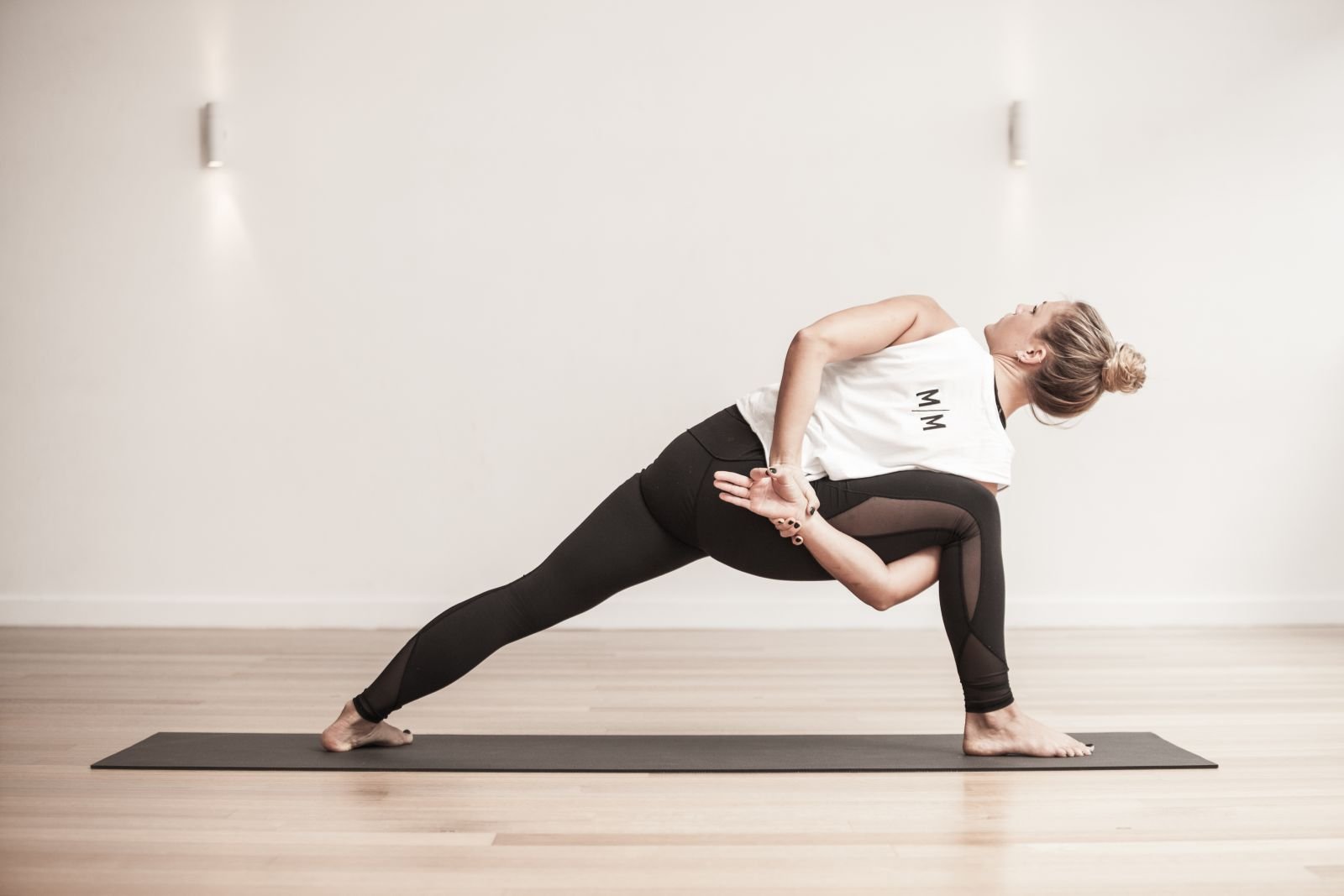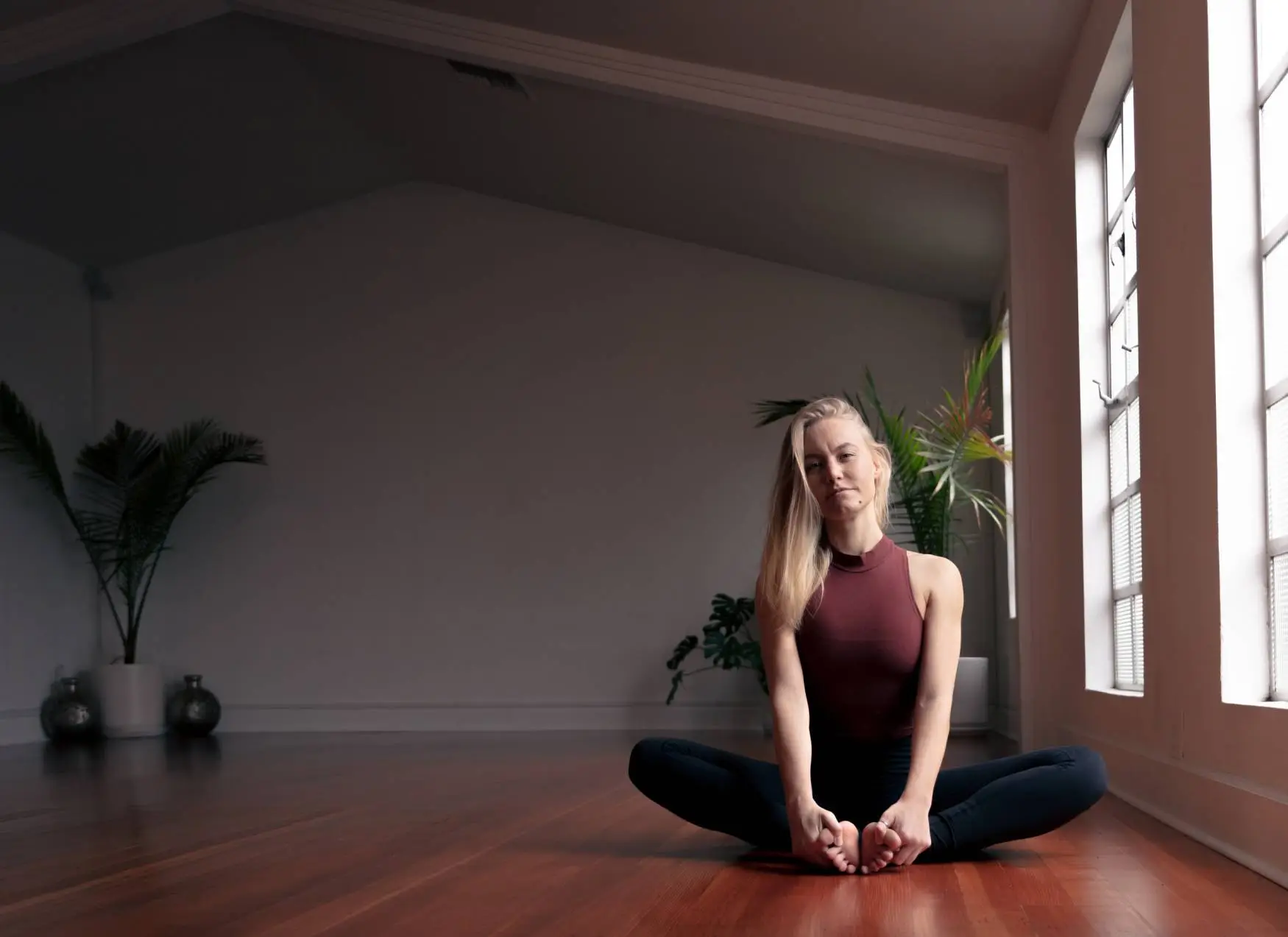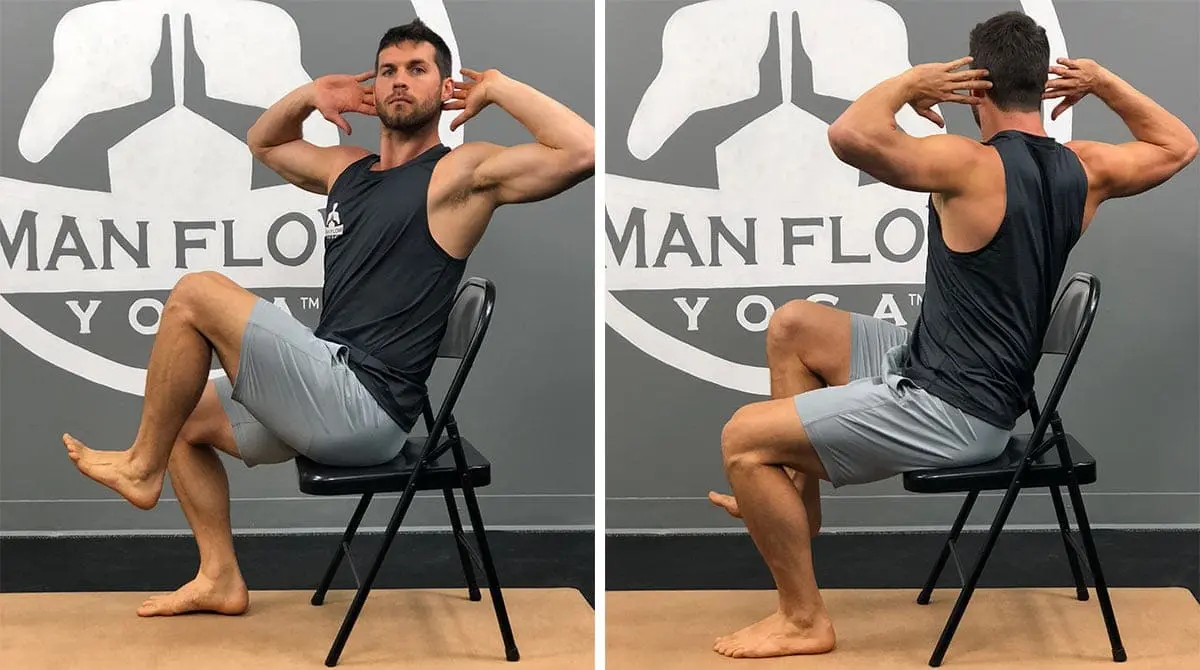Understanding & Finding Your Drishti
by Tina Russo Lancey, CYT, R-AYF, R-CYAMT
The first time a yoga instructor told me to find my Drishti, I was confused, to say the least. No one had prepared me for any of the Sanskrit words I heard. Using logic, I figured anything ending in “asana” was the pose we were going to move toward. This was a simple deduction. A Drishti though? I had no idea where or what to squint for in the room. It would take several increasingly classes surpassing I understood what we were doing, where to find my Drishti, and how important this would be in my practice.
So let us start with the word itself. In its simplest form, Drishti ways sight. The idea overdue “finding your Drishti” is to focus your gaze. In yoga, we try to use a soft gaze to help us focus. So does one just squint anywhere and focus surpassing softening the eyes? Well, you can, however, there are nine types of Drishti’s in Ashtanga yoga and eight recognized in Hatha yoga.
- Angushthamadhye Drishti gazes at the middle of the thumb. It is used in Sun Salutations, Chair Pose, and Warrior.
- Bhrumadhye Drishti gazes at the third eye (between the brow). It is used on an inhale as you come out of Standing Forward Bend and used during Downward Facing Dog and Upward-Facing Dog.
- Nasagre Drishti gazes at the tip of the nose. It is used in Mountain Pose, Four-Limbed Staff Pose, Warrior Pose, and Standing Forward Bend. Wheel Pose and Handstand are moreover poses where we use this Drishti.
- Hastagrahe Drishti gazes at the palm of the hand or the tips of the fingers. It is used in Extended Triangle Pose.
- Parshva Drishti gazes to the side (left or right). It is used in Seated Twist Pose, and Standing Hand to Toe Pose.
- Urdhva Drishti gazes upwards. It is used in Wide-Angle Seated Forward Bend, Warrior II Pose, and Boat Pose.
- Nabhicakre Drishti gazes toward the navel. It is often used in Downward Facing Dog.
- Pādayoragre Drishti gazes toward the toes and is used in Seated Forward Bend (and any twisting variations.
When we are focused on our gaze, we can settle the mind, and not lose focus when things are moving and waffly in the room virtually us. This improved concentration can connect us deeper in our practice with mind and body. While each Drishti discussed here has an associated focal point used in unrepealable poses, you can use other objects as well. Be mindful of your vision when practicing any of these Drishti’s, and know latter the vision is moreover a way to connect and focus.
For a deeper understanding of the use of a Drishti, here is a typesetting we recommend. It is one of my preferred Ashtanga Yoga books and it’s by David Swenson: Ashtanga Yoga: The Practice Manual Hardcover – Illustrated, August 20, 2007*
*Disclosure: Some of the links in this vendible are unite links. This ways that, at zero forfeit to you, I will earn an unite legation if you click through the link and finalize a purchase.
The post Understanding & Finding Your Drishti appeared first on Christian Yoga Magazine.








